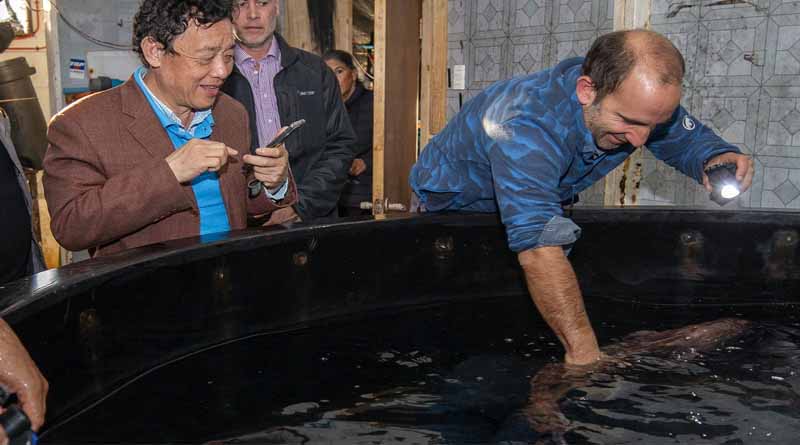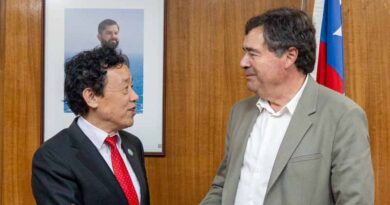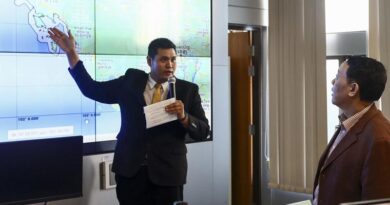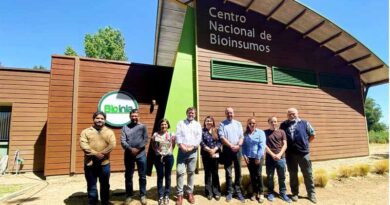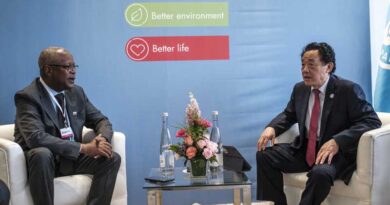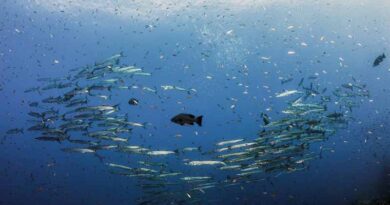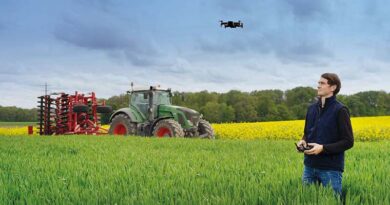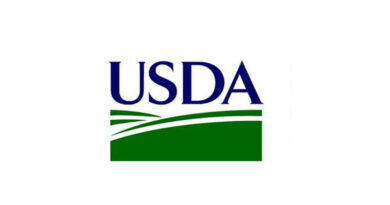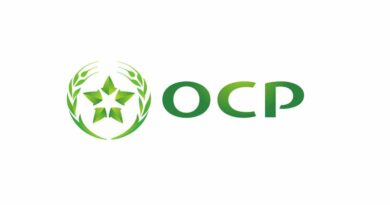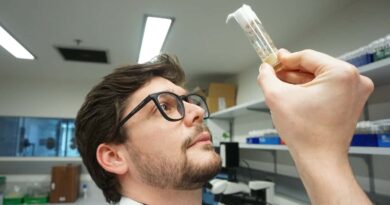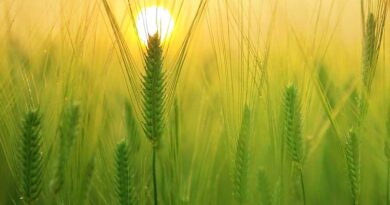in Chile, the Director-general Witnesses Leading Examples of Water Conservation and Diversified Fishing in Response to Climate Challenges
06 May 2024, Chile: FAO Director-General QU Dongyu, in Chile recently visited one of the major examples of landscape restoration and conservation, the Cerro Grande ecological site in the Coquimbo region and then two aquaculture centers in the Tongoy area, which exemplify the country’s diversified fishing production.
QU conducted a site visit to the Cerro Grande Ecological Reserve, where the Peña Blanca farming community of Ovalle is actively engaged to preserve the last remaining area of the territory with native and endemic vegetation.
The Community, as part of its efforts to combat drought and desertification that have intensified in recent years due to climate change, designated the Cerro Grande site as a conservation area and, since 2005, with the support of the “Un Alto en el Desierto” Foundation, has pioneered the development of fog water extraction, perfecting it into a proprietary system known as “Comuneros”; the collected water is used to irrigate native plants, provide supplemental drinking water for approximately 20 households in the community, and water wildlife and livestock, among other uses. To date, the 28 fog catchers in the Cerro Grande Ecological Reserve have an average daily yield of 1,500 liters of water, equivalent to nearly 600,000 liters per year.
The Peñablanca community cooperates closely with the FAO-GEF Landscape Restoration Project, which is supporting restoration initiatives for areas surrounding the Fray Jorge Biosphere Reserve, where the agricultural community of Peña Blanca is located. The project involves the design and implementation of a plan to restore native flora through the fog water harvesting, based on the successful experiences of the Peñablanca community.
During the visit, Qu emphasized how Chileans are performing agricultural miracles in the arid land, overcoming the phenomenal challenges posed by water scarcity by using the unique fog catching techniques that adapt to the real needs of the region. “What Chile has done can be a good example for other member countries facing similar problems to follow,” he said.
The Director-General, then proceeded to the Water Purification Center and the Atrapaniebla brewery, a family business that uses water collected through the Cerro Grande project to produce beer.
Later, Qu conducted on-site observations of oyster farming in “Caleta Tongoy” before moving on to the Northern Scallop aquaculture center and finally to the Colorado Chile aquaculture center in the Panul area of Coquimbo to gain insight into the production of Genypterus chilensis (red conger); here, the Colorado Chile company, after 17 years of research and technological development, has successfully developed a comprehensive and sustainable cultivation of Red Conger.
Also Read: PAU Registers First Biocontrol Agent for Foot Rot Disease Management in Basmati Paddy
(For Latest Agriculture News & Updates, follow Krishak Jagat on Google News)

